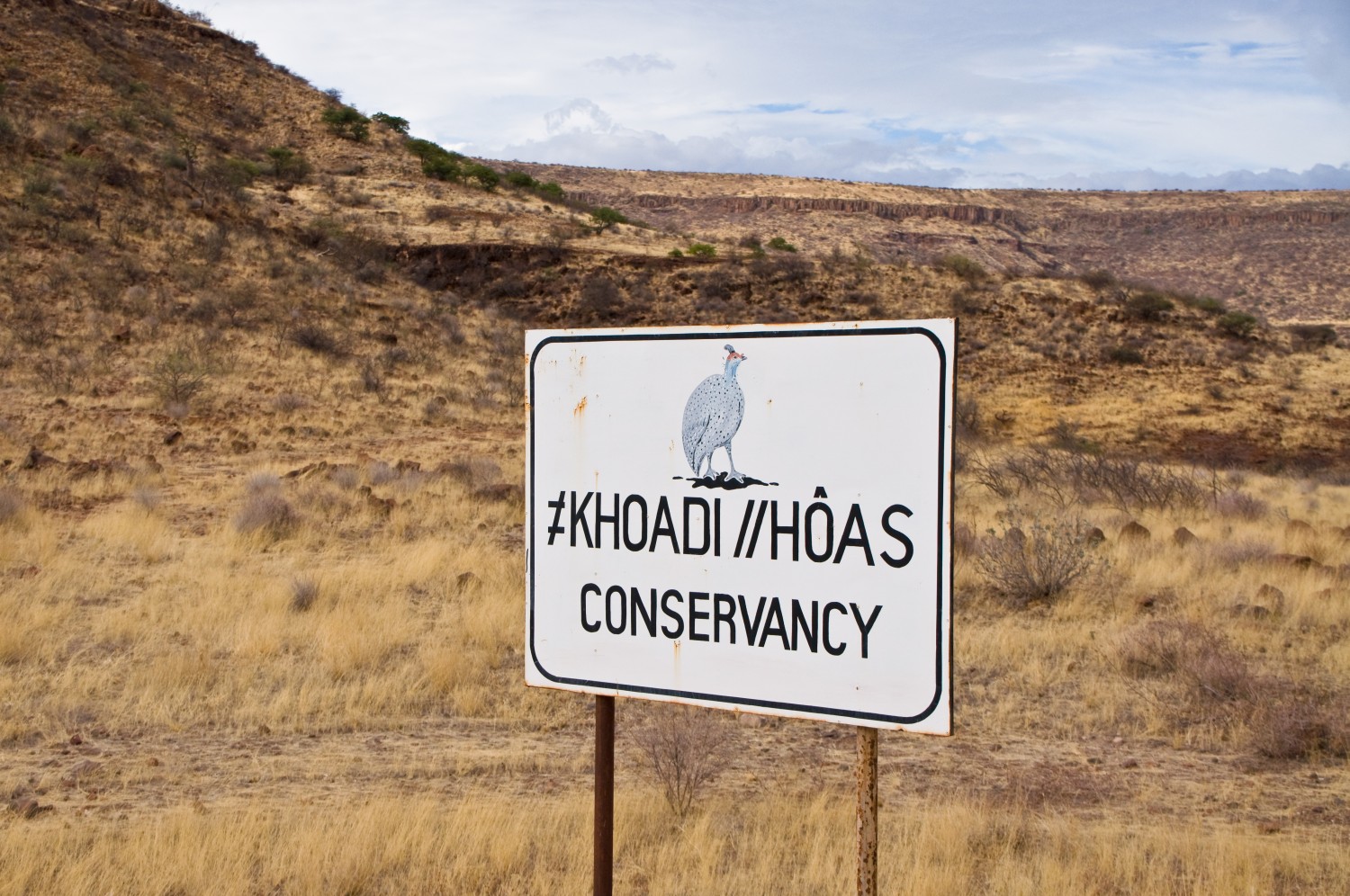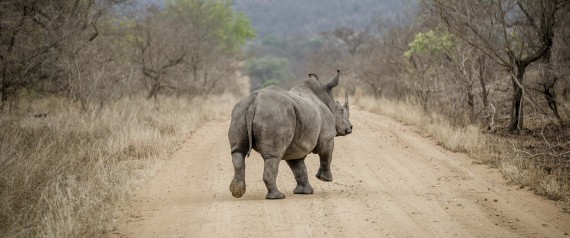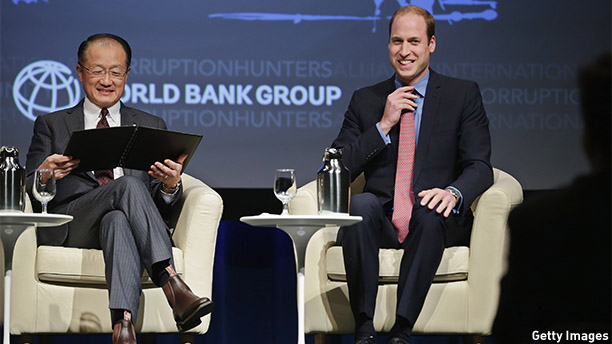In my previous post, Shoot-to-Kill Policy: Injustice in the Name of Conservation, I argued that militaristic shoot-to-kill (S2K) policies are likely ineffective in curbing poaching in the long term. Worse yet, through the guise of wildlife conservation, regimes use S2K’s military ethos to justify arbitrary and excessive violence on human… read more
Namibia’s Community Wildlife Conservancies
Two of the biggest obstacles to effective conservation schemes in Southern Africa are the high rates of rural poverty and the lack of a system of laws providing property rights to vast sections of the population. Since the mid-1990s, the Namibian government has sought to incorporate into the conservation effort… read more
Internal Conflict and Wildlife Trafficking: Myanmar
Increases in Chinese demand for illegal wildlife products have caused intensified wildlife trafficking around the world. This trade has, in turn, led to government instability and increased crime in source countries. Unfortunately, many of these countries have governments unable, or unwilling, to stop illegal wildlife trafficking. Lack of state capacity, poor… read more
Shoot-to-Kill Policy: Injustice in the Name of Conservation
“Is it ever OK to defend a policy that can mean the loss of human life in order to protect wildlife?” Save the Rhino International poses this question in an informational piece on shoot-to-kill (S2K) policies, defined as a ranger’s right to fire back at poachers even if doing so… read more
EU Accession to CITES: Unity or Disunity?
Last month the European Union became the first regional entity to accede to CITES. This means that the EU will have a greater capacity to participate in the regime and assist non-EU states with CITES-related projects. Additionally, the EU can cast one vote that carries the weight of a vote from each… read more
A look to a gloomy 2015
2014 was a gloomy year for several iconic species. The Southern White Rhino was particularly hit hard, with 1,100+ killed in South Africa alone. As South Africa is home to 90% of the world’s rhino population (which currently stands less than 30,000 for all species of rhino), these numbers are… read more
The US Fish and Wildlife Service’s Global Focus
Recently, isolationist international policies have gained traction in the US Congress as more Tea Party candidates have been elected. Rand Paul, while stating again and again that he is not an isolationist has voted against international funding. But why does wildlife funding stay part of the US Budget? The simple answer… read more
Governmental Will: Key to Protecting African Elephants from Chinese Consumption
My last post addressed ways in which the Chinese government has attempted to protect its domestic elephant population. Most of the efforts have been aimed at enhancing park conditions and patrols, as well as providing support to farmers affected by elephant attacks (including relocation and economic aid). Promoting elephant protection… read more
Will the USA support public awareness campaigns around the world?
Throughout the fall semester, I researched the effectiveness of public awareness campaigns in reducing demand for illegal wildlife products. I have examined campaigns from China, England and the USA. The purpose of this research was to develop an action plan for the USA; a way for the government to get… read more
Are taskforces effective in curbing illicit wildlife trade?
On February 2014, President Obama approved the National Strategy for Combating Wildlife Trafficking and Commercial Ban on Trade in Elephant Ivory. This strategy entails strengthening U.S. role in combating wildlife trafficking, including: strengthening both national and global enforcement, reducing consumer demand, and strengthening partnerships and relations with nations, NGOs and… read more








